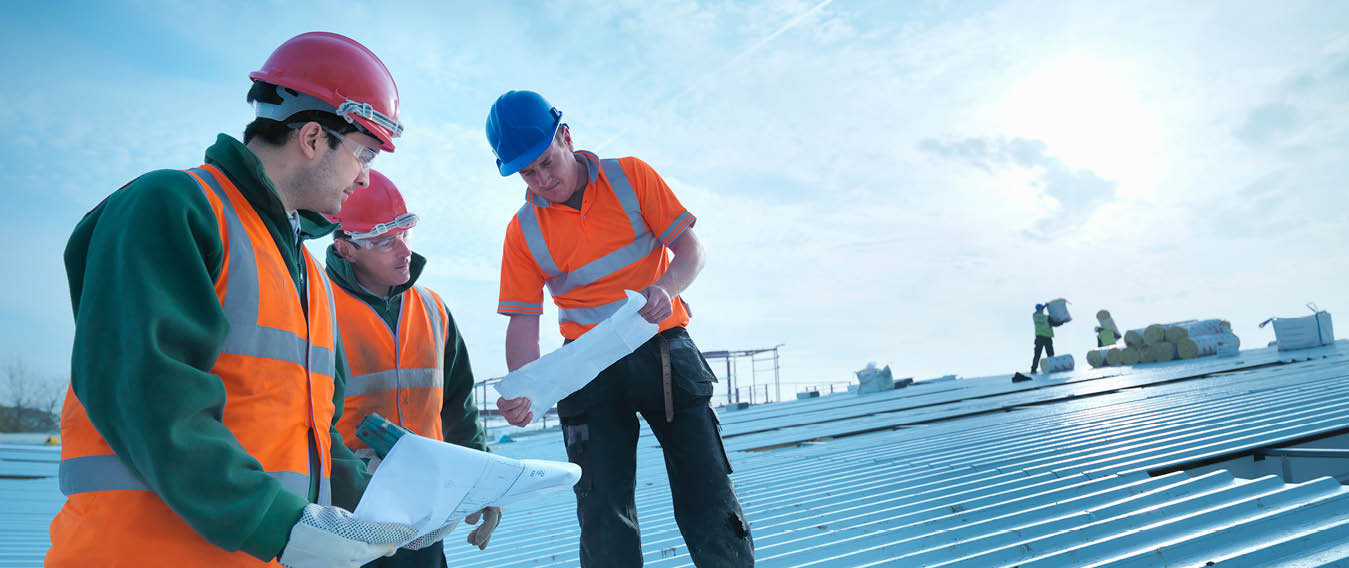ENGIE renforce son portefeuille d’actifs de production flexibles bas carbone et de stockage d’électricité afin accompagner l’expansion des énergies renouvelables.
Si la part grandissante des renouvelables électriques, éoliens et solaires en particulier, permet de réduire les émissions de CO2, leur variabilité conduit à un besoin de flexibilité accru pour assurer l’équilibre des réseaux électriques.
Aussi, tout en poursuivant ses investissements dans les énergies renouvelables, ENGIE développe de manière ciblée des capacités thermiques et des moyens de stockage d’électricité qui répondent à cet impératif.
Ce développement s’inscrit dans les objectifs de décarbonation du Groupe : désengagement programmé du charbon, amélioration de l’efficacité des actifs, développement du stockage hydraulique et par batteries, combustion de biométhane et d’hydrogène vert dans les centrales.
La flexibilité des actifs de production ne constitue pas l’unique solution pour assurer la résilience des réseaux. La demande peut également s’ajuster aux aléas de la production électrique.
Nos différentes activités de flexibilité bas carbone, au service des réseaux électriques et de nos clients :
- Production thermique
- Stockage par batteries
- Stockage hydraulique par pompage-turbinage
- Production d’hydrogène par électrolyse
- Gestion de la demande d’électricité
Principaux objectifs à 2030
- Progresser dans la décarbonation des centrales gaz :
- Sortie du charbon d’ici à 2025 pour l’Europe continentale et d’ici à 2027 dans le monde,
- Développement de la production de biométhane, d’hydrogène vert,
- Recours au CCU’s’ (Carbon Capture & Utilization)
- Disposer d’un parc de batteries de 10 GW

